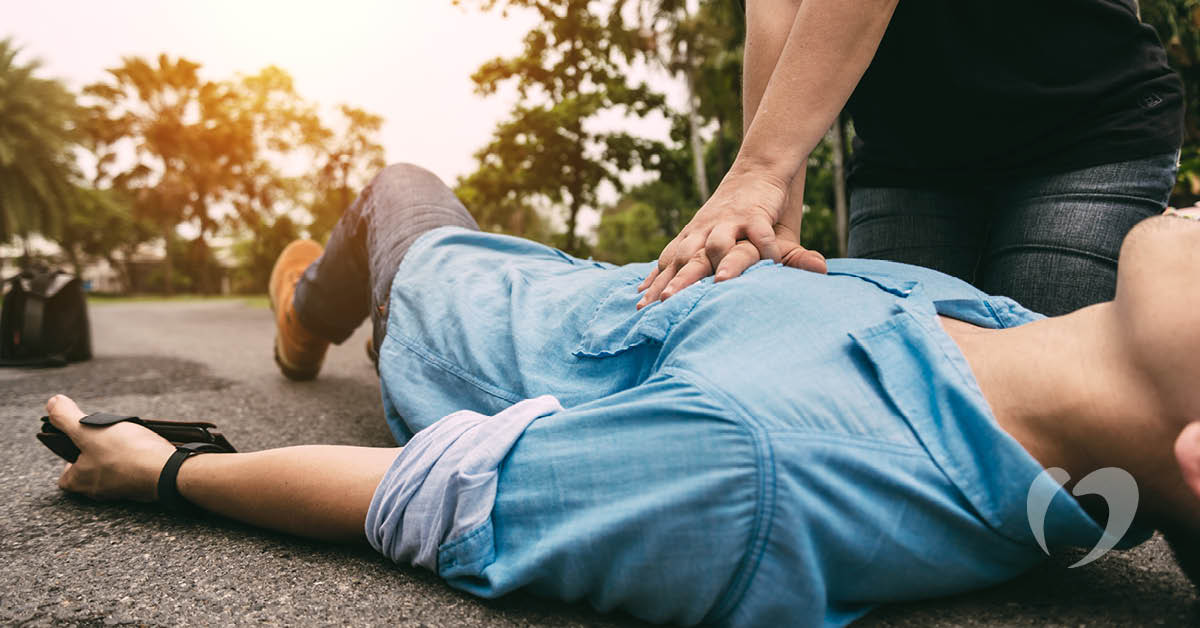CPR Saves Lives

Talk to any cardiac specialist and they probably have a story to tell about CPR saving the life of a patient. Whether it was a bystander trained in CPR who came to the rescue or a family member who learned CPR specifically due to the patient’s increased risk of cardiac issues, there are stories to tell.
Every year 350,000 cardiac arrests—a sudden stoppage of the heart—occur outside of the hospital. When the heart stops, it’s not pumping blood through the body, and damage to vital organs can happen quickly. A quick response by someone trained in CPR can keep blood pumping to the brain and body and save a life.
CPR is a mix of chest compressions and artificial respiration used to stabilize a patient after the heart stops beating. In adults, the ratio is usually 2 breaths to 30 compressions. When properly administered, CPR can double or triple the chances of survival for cardiac arrest. Keeping the blood flow going, even partially, can significantly extend the window for successful resuscitation once trained medical personnel arrive.
Levels of CPR response
There are certain variations of compression-only CPR that can be performed by untrained bystanders in an emergency, which still raise the chances of survival significantly. But family members or bystanders who have been trained in CPR have an even better chance of helping someone during an emergency. A CPR training class typically only takes a few hours, but those few hours can mean life or death when someone goes into cardiac arrest.
Trained medical professionals with proper equipment offer a higher level of treatment, but bystander CPR is important until medical help arrives.
You never know when CPR training might be needed, so make a plan and visit cpr.heart.org for more CPR resources.
